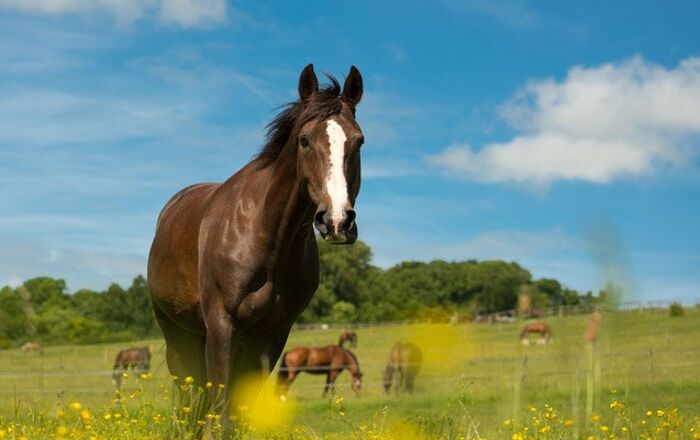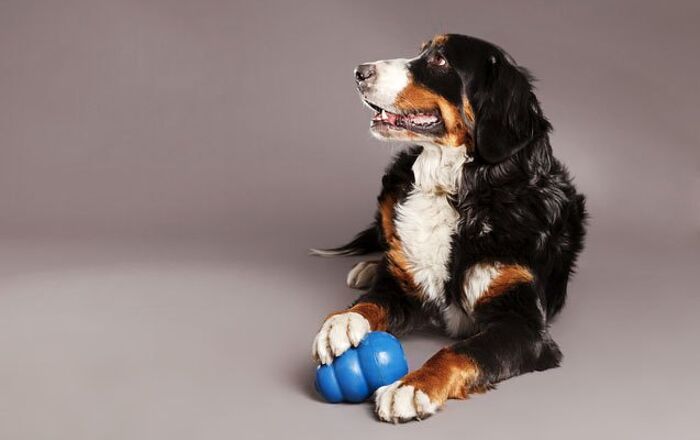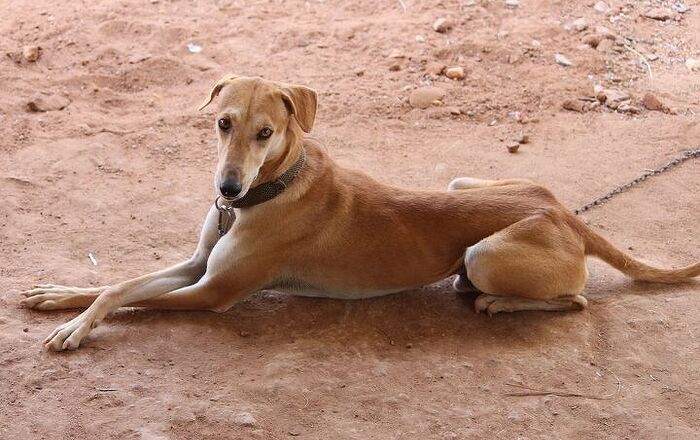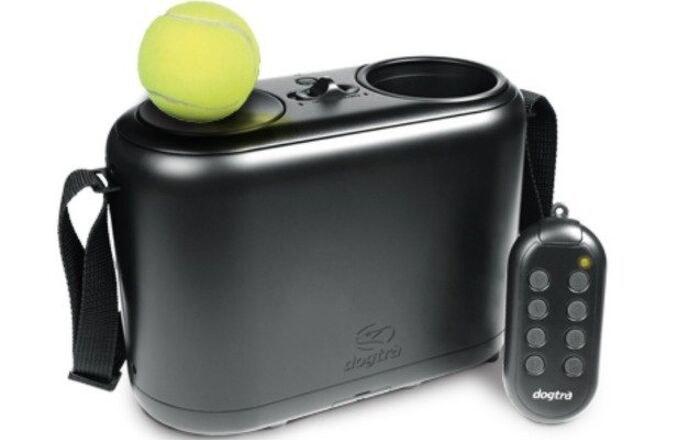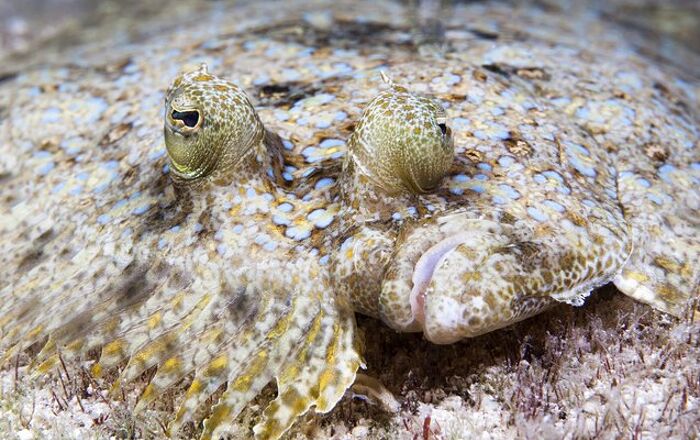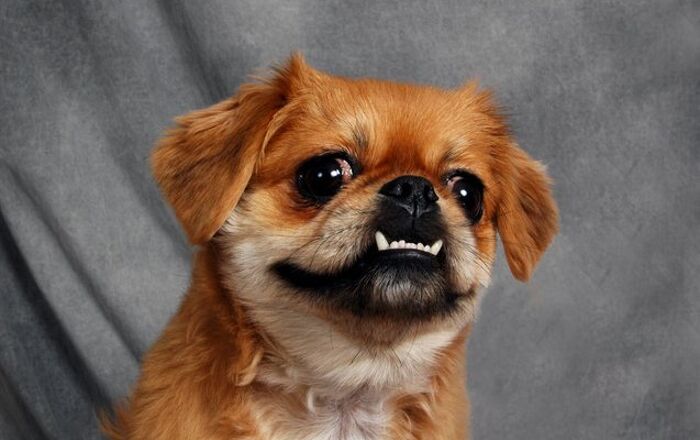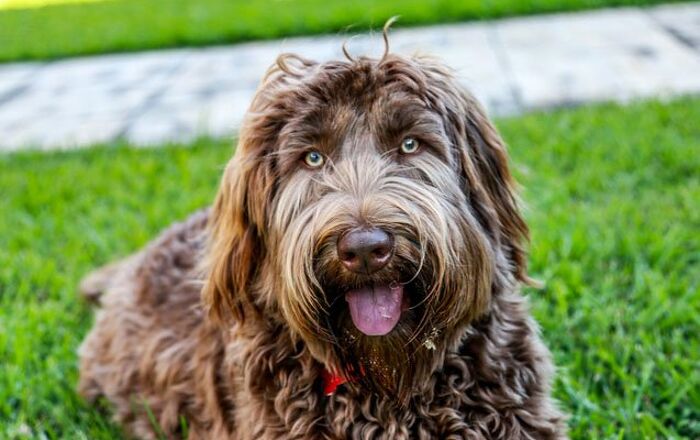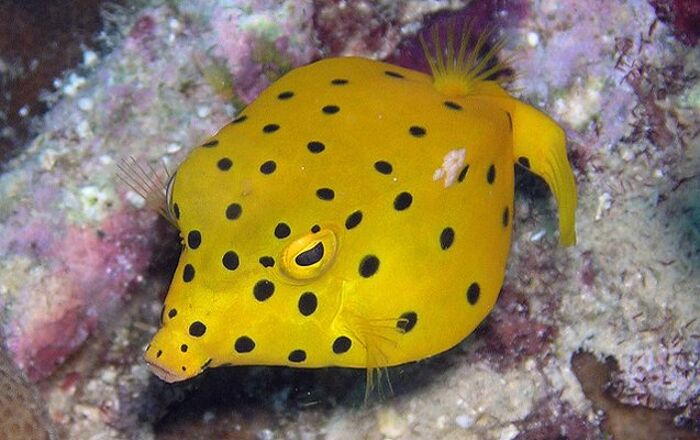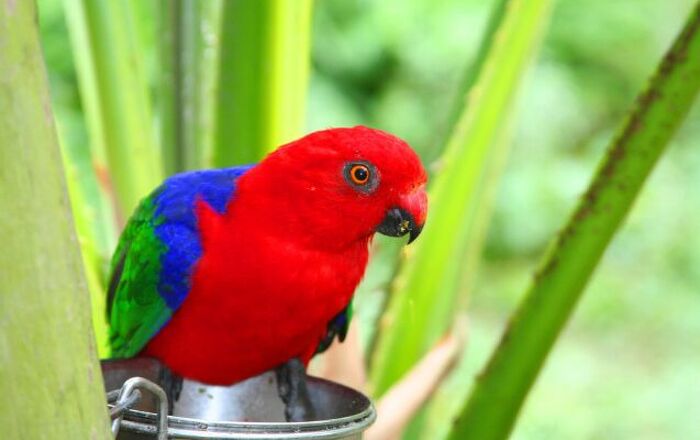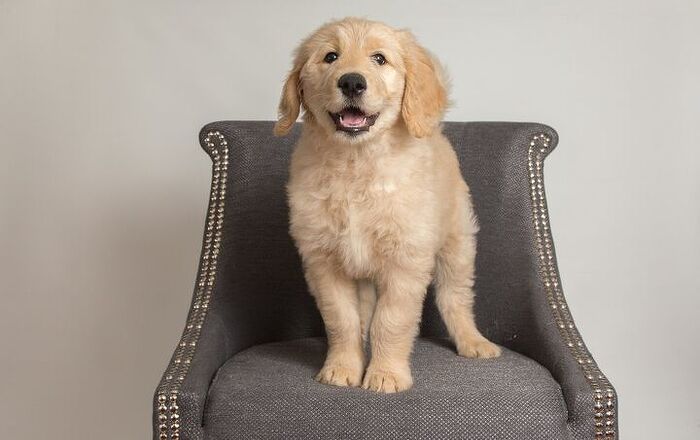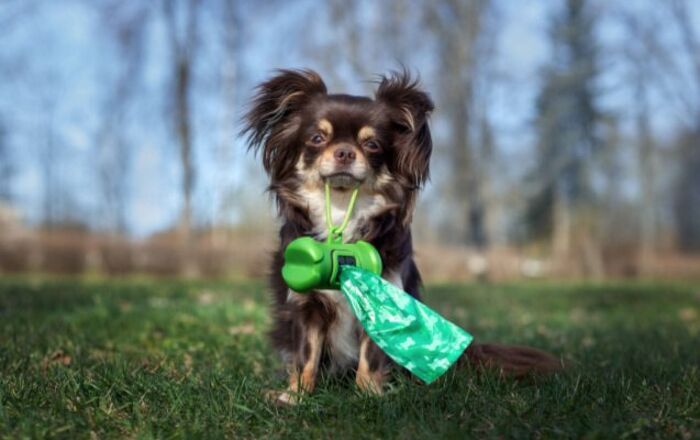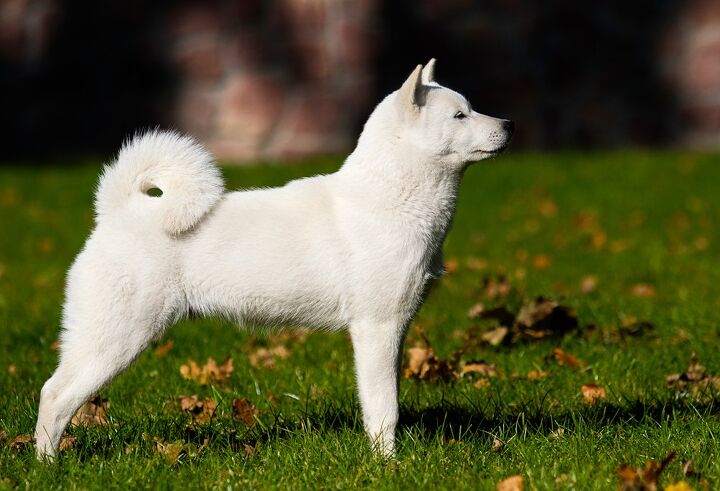
Hokkaido Basics
The Hokkaido is a native Japanese breed similar in appearance to the Shiba Inu and the Shiba Inu. He has a thick double coat designed to withstand harsh weather, so he is not well-suited to hotter climates. This dog is very intelligent and trainable, but he can be difficult to handle at times which makes him a good choice for experienced dog owners. If you’re looking for a breed to raise with children, however, the Hokkaido may be adaptable with proper training and socialization.
The Hokkaido is a native Japanese breed similar in appearance to the Shiba Inu and the Akita.
Origin
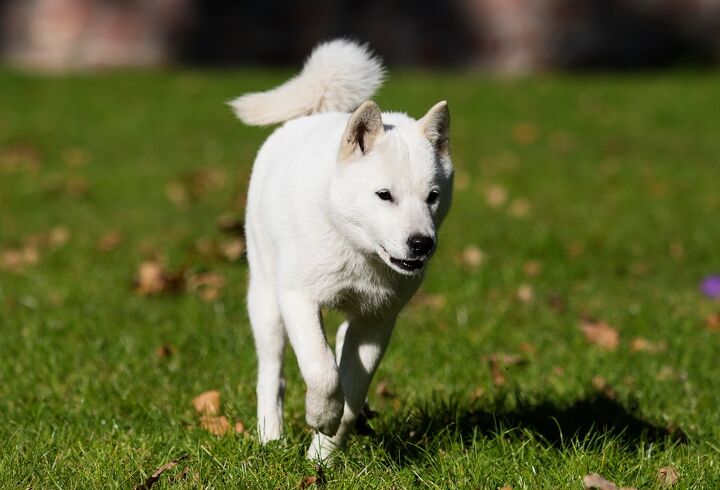
The exact origins of the Hokkaido breed are unclear, but it is thought to have been developed by the Ainu people in the Tohoku region during the Jomon period. Bred from the Matagi-ken, this breed was developed for hunting large game such as deer and bear. Because the Tohoku region is very isolated, the Hokkaido breed was kept away from the rest of the world until 1869 when an English zoologist named Thomas W. Blankiston discovered it and gave it the Hokkaido name.
In the early 1900s, the Hokkaido gained popularity and came to be used for search and rescue missions. By 1937, the breed had become one of Japan’s protected rare species and eventually the name was officially changed to Hokkaido-Inu, though most Japaenese people use the name Hokkaido-ken. Though he has certainly become more popular, the Hokkaido is still rare outside of Japan.
Pedigree
The exact origins of the breed are unknown, but he is thought to be descendant of the Matagi-Ken.
Food/Diet
As a medium-to-large breed, you can feed your Hokkaido a high-quality adult dog food that is rich in protein with plenty of healthy fats for energy. You might consider a working breed formula if your dog is very active or a large-breed formula if he weighs more than 50 pounds.
The Hokkaido has a stubborn streak that makes him a challenge to train.
Training
The Hokkaido has a stubborn streak that makes him a challenge to train. An experienced dog owner will be firm and consistent in training, which is exactly what the breed needs. These dogs are fearless in their pursuit of game and they are extremely loyal and devoted to their family. In order to understand his role in the family, however, he needs constant training. It is best to incorporate training into his exercise as well, to reinforce your role as the leader.
Weight
The Hokkaido is a medium-to-large breed that stands 18 to 20 inches tall and weighs 45 to 65 pounds at maturity.
Temperament/Behavior
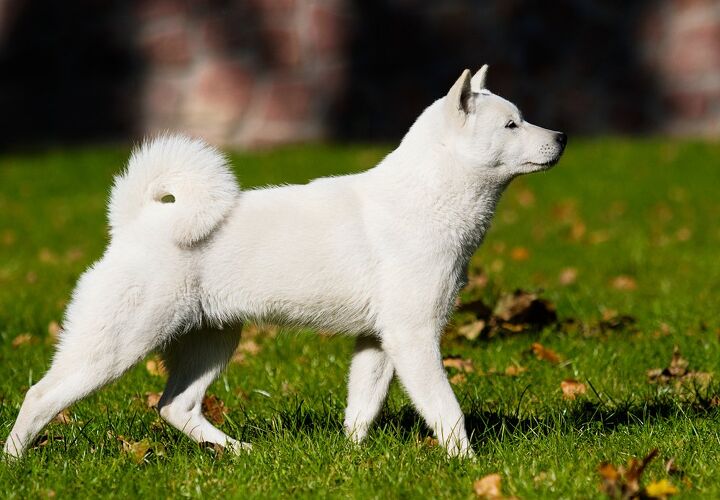
The Hokkaido is not an aggressive breed, but he does have a stubborn side which means that he may be best for an experienced dog owner. These dogs are not hyperactive either, but they do have high needs for exercise and they require a lot of attention to prevent the development of destructive behaviors. These dogs can get along with children if raised with them, though they don’t tend to like young children, and they are very likely to chase cats and other small animals. These dogs also tend to bond more closely with one member of the family.
Common Health Problems
Generally speaking, the Hokkaido is a healthy breed with no known inherited health problems. These dogs are, however, prone to certain conditions including hypodontia, elbow dysplasia, hip dysplasia, cryptorchidism, and collie eye anomaly (CEA).
Life Expectancy
The average lifespan for the Hokkaido is 12 to 15 years.
Exercise Requirements
The Hokkaido is a very active breed with high needs for exercise. These dogs were developed for hunting, so they have excellent stamina. This breed requires at least an hour of vigorous exercise per day and will appreciate having a fenced yard in which to run. He may also do well in dog sports.
This dog is very intelligent and trainable.
AKC
The Hokkaido is not yet accepted by the AKC but has been admitted into the Foundation Stock Service. The breed is recognized, however, by the FCI as an Asian breed and by the UKC as a Northern Breed.
Coat
The Hokkaido has the typical spitz-type coat which has a soft undercoat and a thick, stiff outer coat. The coat is harsh in texture on the outside and designed to protect the dog against harsh climates. The length of the coat is medium-long and the tail curls up over the back. The most common colors for this breed include white, red, black, brindle, sesame, wolf-gray, and black-and-tan.
Puppies
The average litter size for the Hokkaido is 4 to 7 puppies. These dogs grow fairly quickly, and their intelligence means that they need to be started as early as possible with training and socialization. If you plan to keep your Hokkaido with children or other pets, it is important to raise your puppy with them. Feed your Hokkaido a high-quality puppy food for the first 12 months then switch to an adult recipe.
Photo credit: Happy monkey/Shutterstock

